Pranayama is the yogic practice of managing your breath. It is a Sanskrit word made up of two words: Prana and Yama. Prana is the word for breath, and Yama is the word for control. It is a conscious breathing process that focuses on deep breaths. Your breathing tends to become short and shallow over time, which is bad for your body. The air we breathe contains a tremendous amount of healing energy. The more we take in and fill our lungs with it, the better. Pranayama is a specific method for accomplishing this.
Yash Birla believes that you can control the life energy within you through Pranayama and attain a healthy body and mind.
Yash Birla is a spiritualist and deeply resonates with the benefits of Pranayama.
Deep Breathing Exercises Of Pranayama
Pranayama is a set of breathing techniques that alter the breath to produce specific benefits. Following are 3 Pranayamas to practice daily:
- Bhastrika Pranayama (Bellows Breath)
- Kapalbhati Pranayama (Skull Shining Breath)
- Anulom Vilom (Alternate Nostril Breathing)
1. Bhastrika Pranayama (Bellows Breath)
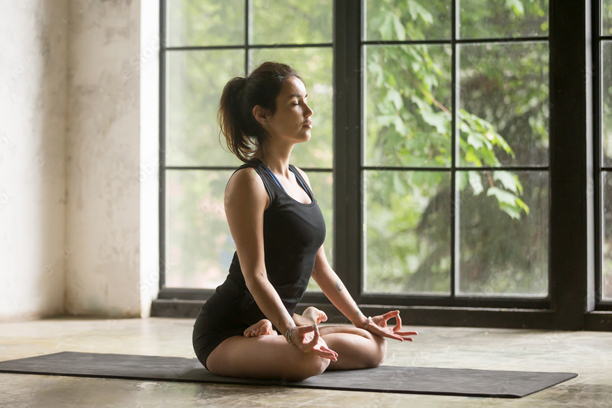
Bhastrika Pranayama (Bellows Breath)
The Bellows Breath, also known as Bhastrika Pranayama, is a powerful yoga breathing exercise. It is a cleansing kriya that prepares you for deep breathing by clearing your Nadis, nostrils, and sinuses. It is also excellent for recharging your batteries. So, instead of reaching for a cup of coffee the next time you feel dull and lifeless, try Bhastrika Pranayama.
How To Practice Bhastrika Pranayama
- Sit with your back straight in the Lotus Position.
- Deeply inhale through your nose, filling your lungs with air. Then, exhale in the same manner. Repeat this a few times to clear your mind.
- After that, exhale quickly and forcefully through your nose. Inhale in the same manner as before.
- Your breath should come from your diaphragm, and as you breathe, your belly should move in and out. The rest of your body should be completely still.
- Do a round of bellow breathing, followed by natural breathing, and then move on to the next round. Observe the sensations in your body and mind as you breathe naturally.
- Finish the session with at least three rounds of Bhastrika.
2. Anulom Vilom (Alternate Nostril Breathing)
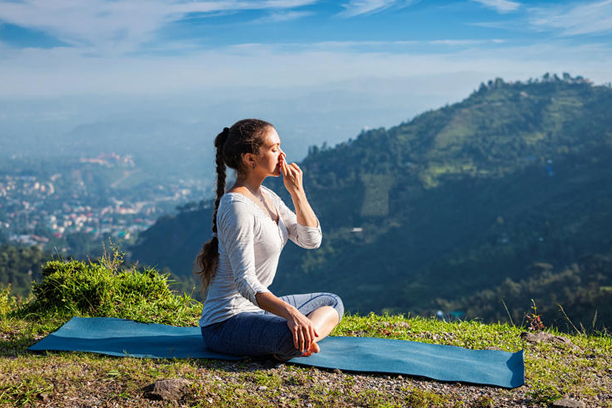
Anulom Vilom (Alternate Nostril Breathing)
Anulom Vilom, also known as Alternate Nostril Breathing, is a technique for clearing Nadis, or energy passages in your body. The right and left Nadis are cleansed, stimulated, and balanced by Anulom Vilom’s alternate breathing pattern. Let’s see how we can do that.
How To Practice Anulom Vilom
- Place yourself in Padmasana, Sukhasana, or Vajrasana. Maintain a straight back and a chin that is slightly tucked in towards your chest. Shut your eyes.
- In the Gyan mudra, place your left palm on your left knee and face it upwards.
- Raise your right hand and place your right thumb on the right nostril’s side. Deeply, slowly, and silently inhale through your left nostril.
- Place your right little finger on the side of your left nostril after inhaling. Slowly, deeply, and silently exhale through your right nostril.
- Inhale through your right nostril. Exhale through your left nostril while pressing the side of your right nostril with your right thumb. That brings us to the end of one round of Anulom Vilom.
- Do about 5 rounds at first, and then increase as needed.
3. Kapalbhati Pranayama (Skull Shining Breath)
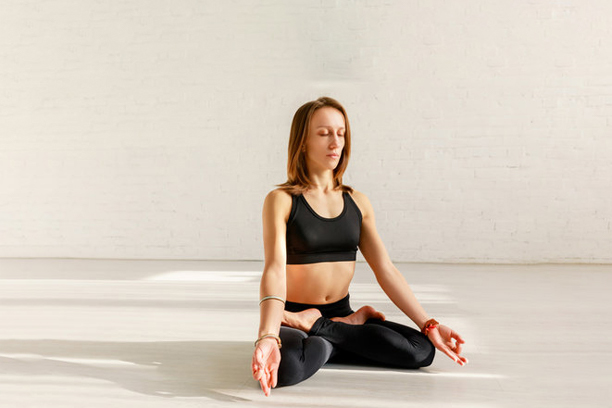
Kapalbhati Pranayama (Skull Shining Breath)
Kapalbhati Pranayama, also known as the Skull Shining Breath, is a breathing technique that, with regular practice, will give you a shining head and a bright intellect. It is a ‘Shat’ kriya that cleanses your body of toxins. ‘Kapalbhati’ means’ shining head. ‘Kapal’ means brow, and ‘Bhati’ means gleaming. Let’s look at how to get one down below.
How To Practice Kapalbhati Pranayama
- Place your palms on your knees in Sukhasana. Concentrate on your stomach.
- Fill your lungs with air by inhaling deeply through your nose. Inhale slowly and methodically.
- Draw your stomach closer to your spine. Feel the muscles contract by placing your hand on your stomach.
- Exhale in a short and quick burst as you relax from the contraction. You will hear a hissing sound as you do so. Following that, there is automatic inhalation.
- Perform one round of Kapalbhati by inhaling and exhaling 20 times. Close your eyes in Sukhasana after one round and observe your body.



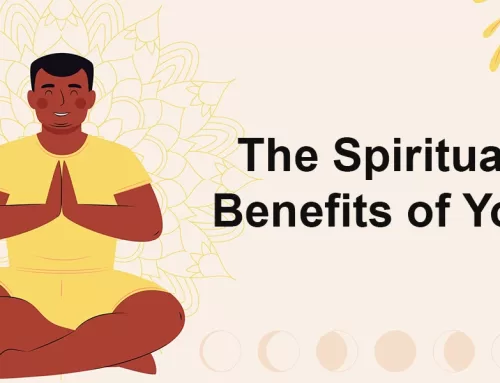



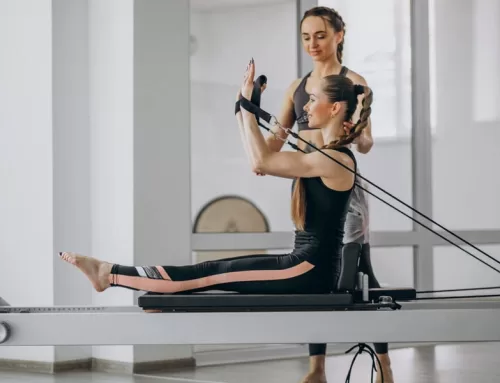
Leave A Comment